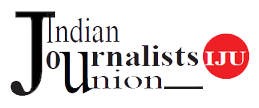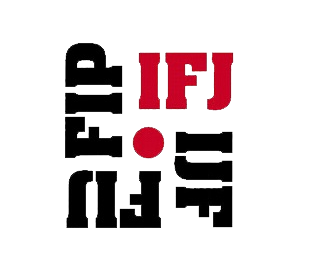New Delhi, 10 December 2020: The Indian Journalists Union expressed concern over India’s rising record of human rights violations in recent times, specially the rights activists and also of journalists. Marking the International Day for Human Rights, the Union drew the attention of the government to the International Federation of Journalists ‘White Paper on Global Journalism’, released today, wherein India figures among the 10 most dangerous spots for journalists.
In the 62-page document, released in Brussels today, the IFJ said that 2658 journalists have been murdered since 1990 and 235 are currently in prison across the globe. Of the killed journalists, over 50% were from 10 most dangerous top spots featuring countries which suffered war violence, crime and corruption as well a catastrophic breakdown of law and order. Iraq topped the list with (339) followed by Mexico (175), Philippines (159), Pakistan (138), India (116), Russian Federation (110), Algeria (106), Syria (96), Somalia (93) and Afghanistan (93). In the Indian sub-continent, murders of journalists in India and Pakistan have featured almost every year since 1990, when IFJ first published its annual report of killed journalists, making up 40% of the total deaths in the Asia Pacific region.
According to the IFJ, there is no single explanation as to why journalists are targeted, but one of the principal causes has always been wars and armed conflicts where journalists who report on them are exposed to injury, kidnapping or worse. In recent years a novel threat to journalists has emerged with the involvement of terrorist organisations. The untold story, however, is the risk to local journalists as most of the murdered are local beat reporters whose names do not resonate in the media.
In fact, “nearly 75% of journalists killed across the world didn’t step on a landmine, or get shot in crossfire, or even die in a suicide bombing attack. They were instead murdered outright, such as being killed by a gunman escaping on the back of a motorcycle, shot or stabbed to death near their home or office, or found dead after having been abducted and tortured. And for all these 30 years it has almost become a fact of life that the slaughter continues year in, year out.”
Worse, in no less than 90% of journalist murders, there has been little or no prosecution whatsoever. In two-thirds of the cases the killers were not identified at all and probably never will be. This means that it is almost virtually risk-free to kill a journalist – murder has become the easiest and cheapest way of silencing troublesome journalists. Occasionally, a triggerman is identified and brought to trial, but in most cases paymasters go free!
In a statement, the IJU President and former member of Press Council of India Geetartha Pathak and Secretary General and IFJ Vice President Sabina Inderjit endorsed the sentiment “These are not just statistics. They our friends and colleagues who have dedicated their lives to and paid the ultimate price for, their work as journalists.” Like the IFJ, the IJU is committed to pursuing every case, pressing the government and law enforcement authorities to bring journalists murderers to justice. It has endorsed IFJ’s Convention on the Safety and Independence of Journalists to the UN in 2018 and is part of mobilising efforts to put it on agenda of the UN General Assembly.
The IJU has urged its members and journalists across the country to stand up for their rights and ensure that rising trend of human rights abuse is halted. Equally important is that the fourth estate be allowed to carry out its responsibilities without fear or favour.





